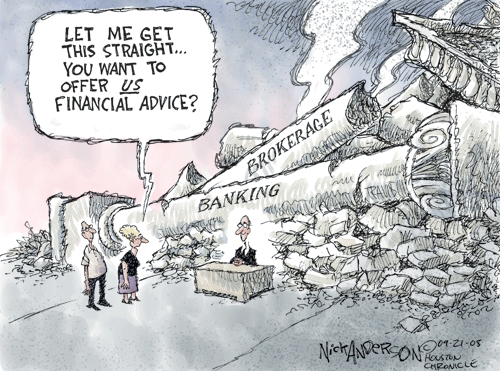The best blog for improving your thinking: www.simoleonsense.com. You will learn about your own psychology and how you think—essential knowledge for becoming a better investor. The material on this blog has excellent links.
New York Times Article on the Khan Academy
As previously mentioned, the Khan Academy is a great learning resources for you and for kids. Brush up on statistics, for example.
Referred to here:http://csinvesting.org/placing-ev-and-ebitda-into-perspective-case-studies/
A Protest at the Federal Reserve
http://www.newschannel5.com/story/16181894/protestors-disgruntled-with-federal-reserve-bank. Expect many more of these protests as our currency debasement continues.
Attack on the Austrian View of the Great Depression
I like to read theories, thoughts, or facts contrary to what I think is correct. You test your thinking and, God forbid, you could be wrong. The Great Depression will help you understand the biggest business cycle and depression of the past two centuries. Read: mises.org/rothbard/agd.pdf (Copy and paste into your browser.)
An article on the Austrian view of the Great Depression and the criticism of that view: http://mises.org/daily/5826/Defending-the-Austrian-Explanation-of-the-Great-Depression-from-an-Internet-Attack
Planning Curriculum
I will start this week planning the curriculum to study strategic logic while developing the building blocks for valuation, then tying the two together.

